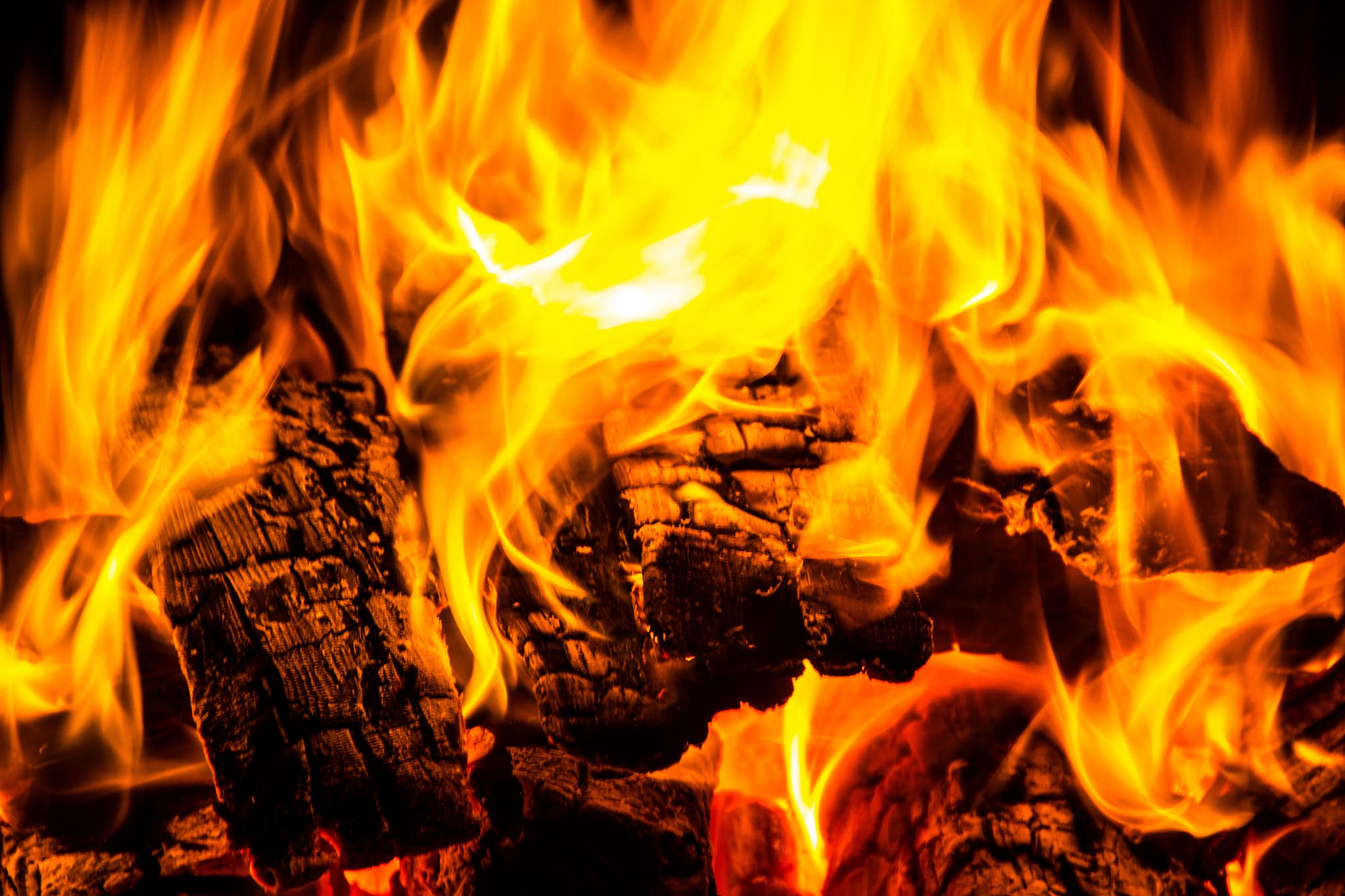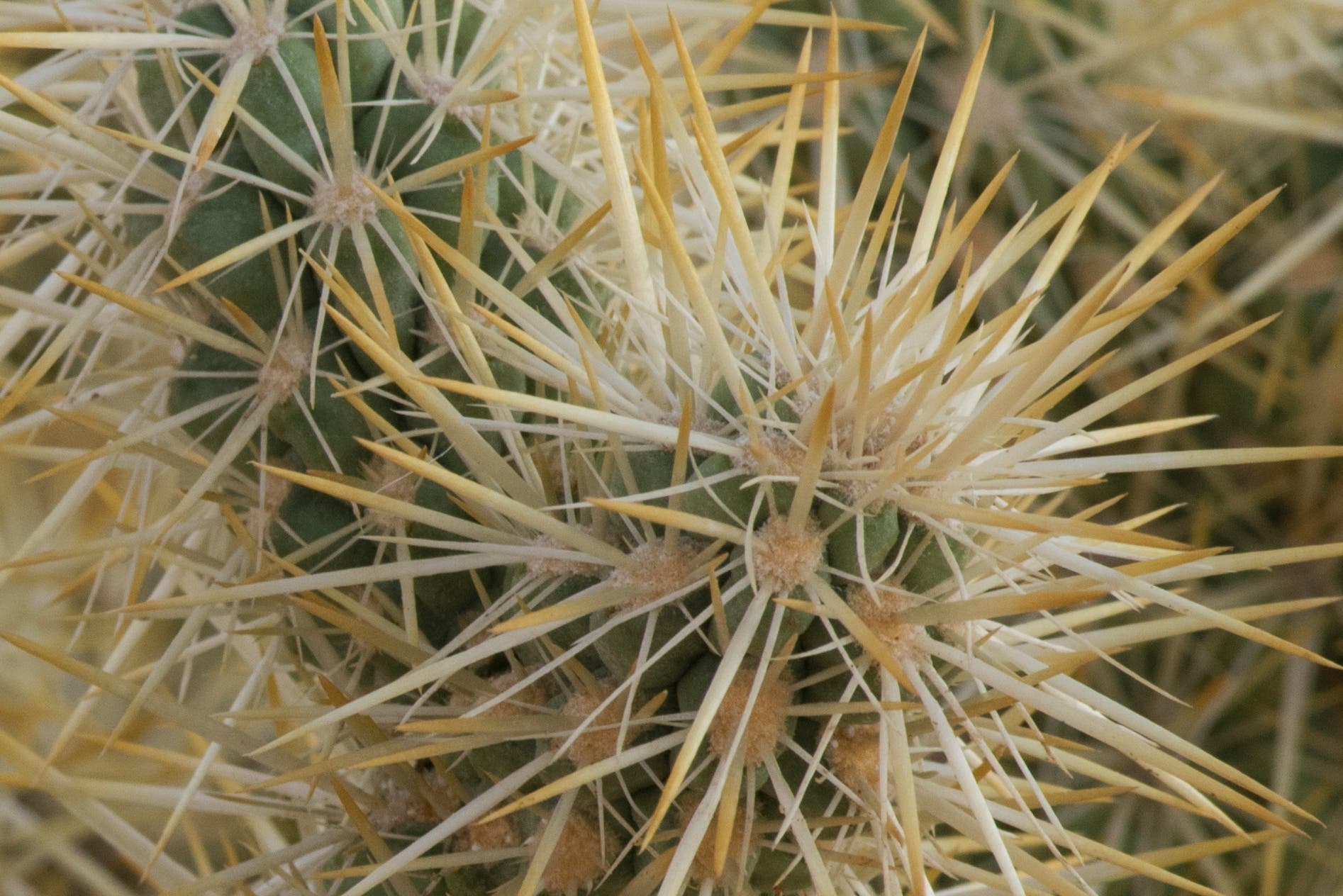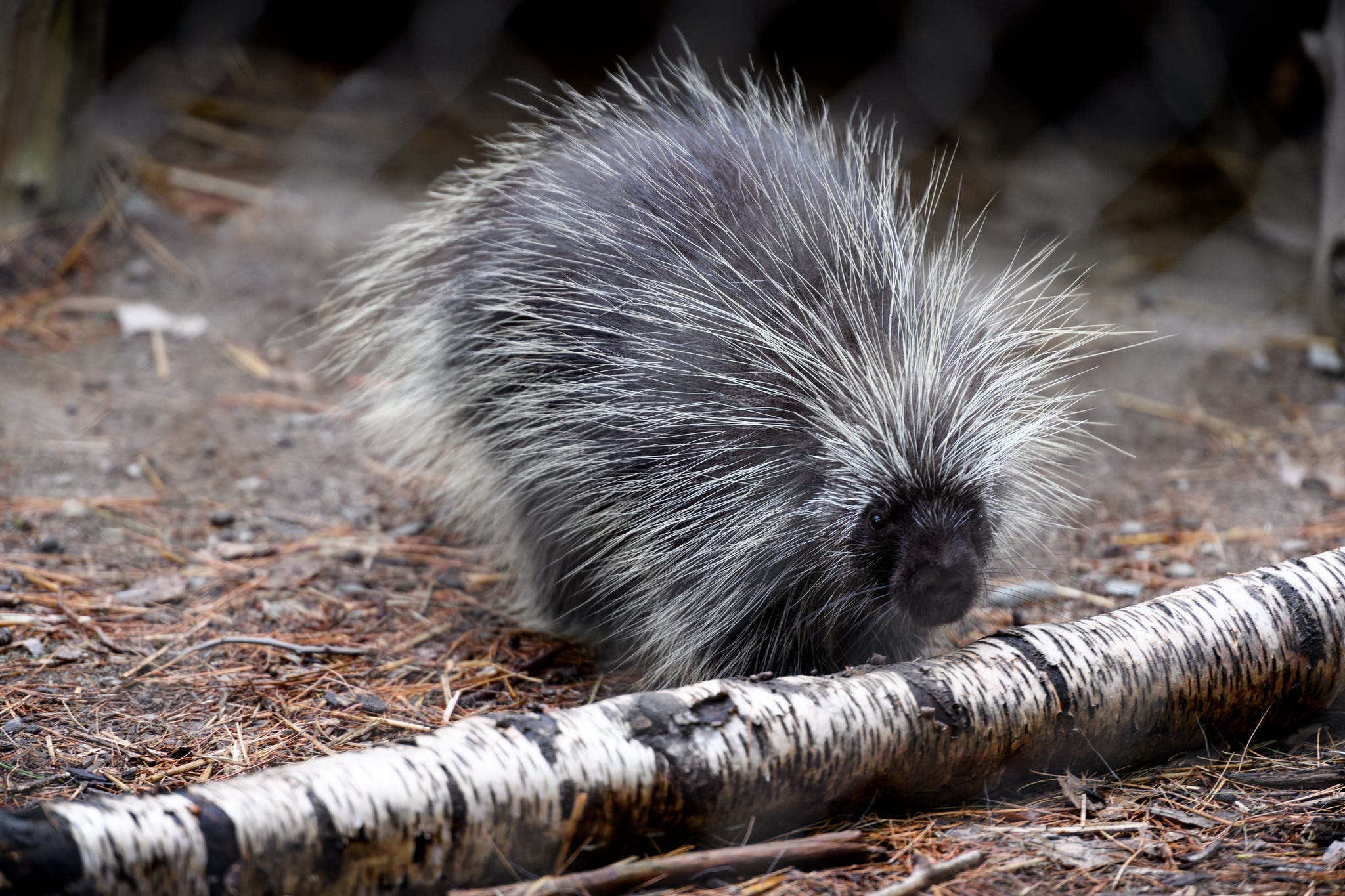How to Remove and Treat Thorns, Splinters, and Other Prick Wounds

'D.Taylor in Idaho'
It’s a prickly world out there. Splinters, cactus spines, thorns—at some point, you’re bound to discover some sharp little thing that’s rudely lodged itself under your skin. You have several options: Try to ignore it and hope it goes away (it won’t); grab the offending pricker with your fingers (chances are, you’ll only make things worse); or locate your well-stocked first aid kit to tackle the problem. Be prepared with our expert advice.
How to Treat a Thorn Puncture: What You’ll Need
Prepare yourself ahead of time by stocking your first aid kit with the following items:
- Small tweezers (forceps) with pointed tips
- A multi-tool, ideally one with spring-action, needle-nose pliers
- A small, sharp-bladed pocket knife to use as a scalpel
- A lighter to use to disinfect the blade
- Saline wound wash, antibiotic ointment, and sterile adhesive bandages
- Soap and water.
For more ideas about what to pack in a first aid kit, see our story on creating the ultimate first aid kit.
Before you venture out into the wilderness, ensure that your tetanus shot is up-to-date. Many pharmacies offer a TDAP (combination tetanus, diptheria, and pertussis) shot on a walk-in basis.
How to Disinfect Your First Aid Gear When You’re Backpacking
If the thing that pricked you has disappeared under your skin, you’ll want to clean your instruments before you use them. (Technically we’re not sterilizing them, which requires special equipment and is very difficult to do in the backcountry.) There are mainly two choices of methods when you’re on (or off) the road: applying heat or using disinfectants.

How to Disinfect a Needle With Fire In the Wilderness
This is the simplest and quickest method. A lighter works best, but you can use a match or build a campfire, as well. Hold the part of the needle or blade that is going to touch the wound over an open flame until the metal reddens—for about a minute—then let it cool before you proceed. If you see some black soot, don’t bother wiping it off. It won’t hurt you.
Boiling to Disinfect Instruments
If you have time, you can boil or steam the instrument in water for at least 20 minutes. Start your stopwatch once you see rolling bubbles. The trick is removing the instrument without touching the part that will touch the wound and keeping it completely clean while it cools.
Disinfecting a Blade Without Fire or Heat
If you don’t have fire, then hopefully you have some disinfectant, like isopropyl alcohol or iodine. Let the instrument soak in the solution, or dip it in and stir for a minute or so.
How to Get a Splinter or Thorn Out
Once your instruments are disinfected, you’re reading to deal with the offending object. You’ll want to remove it as soon as possible.
- Shine a light on your subject. A headlamp is ideal because you can direct the beam right where you need it.
- Grab the end of the splinter with your tweezers or pliers. If you’re lucky, one end is exposed. If not, you’ll have to dig a little. If it’s buried deep, probe gently with your fingers until you find the end that went in first, then push the object back toward the opening of the wound until it is visible.
- With deeply buried splinters, you may need to cut a bit of the skin away with your scalpel or disinfected knife to expose the object. Cut carefully along the long axis of the splinter. You want to “tease” the skin open just enough to get a firm grip on the splinter’s head.
- Next comes the trickiest part: Pulling it gently out along the same path it took going in. Be careful and deliberate. If you break the splinter or drive it deeper, you’ll make the job harder.
Do I have to remove a splinter? Why can’t I just leave it in?
Besides being painfully irritating, wood splinters, rose thorns, and other organic prickers left in your body can lead to bacterial or fungal infections. Although a clean sliver made of metal or glass might not cause you any problems, you’ll want to remove a cactus spine as soon as possible.
What if I don’t get all of the splinter out and a little piece of it remains under the skin?
Usually, your body’s own defenses will surround the splinter in pus and eventually push it out. However, if you develop a fever, that’s likely a sign of an infection. If the area becomes red, swollen, tender, or hot to the touch, this may also indicate infection. Left untreated, an infection can become systemic, a condition also known as septicemia or blood poisoning, so keep checking for signs of infection.
How to Treat a Puncture Wound When You’re Hiking
Once the splinter is out, clean the wound thoroughly with soap and water or a saline wound wash and apply antibiotics and a sterile adhesive bandage to prevent infection. Note: If the injury is larger than a puncture wound, see our photo tutorial on how to treat a gaping wound.
Do I need to worry about tetanus?
Tetanus, a bacteria found in soil, dust, or manure, enters the body through cuts or puncture wounds, especially if the wound is not properly cleaned. If you have let your tetanus shot lapse, you’ll want to get medical treatment (and an antitoxin and antibiotic) as soon as possible, especially if you notice any of these symptoms:
- Stiff, cramped, or locked jaw muscles
- Muscle spasms, especially in the stomach area
- Muscle stiffness or pain
- Difficulty swallowing
- Seizures
- Headache
- Fever or sweating
- Blood pressure changes or heart palpitations
If you see any of these symptoms, it’s time to cut your trip short and head towards the nearest hospital. At least you’ll have an excellent story to tell your kids some day.
Using these simple tools and techniques, you should be able to quickly remove most of the little things that get under your skin and patch things up properly. For tricky needles, quills, and thorns that need special treatment, read on.

How to Remove Cactus Spines
Cactus-stabbing victims rarely say, “Hey, look at that: Now I look just like a cactus, too!” More likely, you hear a yowl of pain and notice that a portion of your buddy’s anatomy resembles a pincushion. If all you have is tweezers, then find a comfortable spot, sit down, and start plucking. But if you planned ahead for your cactus-country hike and included a bottle of white glue or rubber cement in your first aid kit, you can use a more efficient method.
- If you’re using rubber cement, smear a generous glob over all the spines and let it dry.
- If you’re using Elmer’s or a similar glue, spread the glue over the spines and then gently press on a piece of gauze while the glue is moist.
- After the adhesive dries, peel off the gauze or layer of rubber cement, and the spines should come with it.

How to Remove Porcupine Quills
While the actual impalement with a porcupine quill is painful enough, it can get worse. Any movement can cause the quills to migrate deeper into flesh. Plus a quill’s spongy core absorbs body fluid, causing it to swell and become more difficult to remove.
Working quickly and carefully is vital, since a quill broken under the skin requires surgical removal. With pliers or tweezers, take hold of the quill as close to the skin as possible. This will sting: Grit your teeth and pull it straight out.
The easiest way to deal with a quilling? Make sure it doesn’t happen. Give porcupines their space.
What to Do If a Plant Thorn Punctures a Joint
Approach any plant that has thorns (like mesquite, palm, or plum trees, roses, thorny shrubs, yucca, cacti, bougainvillea, goat head thorn, or pyracantha) with care, because you don’t want to risk septic arthritis. Plant thorn arthritis is a noninfectious inflammation of any joint—a knuckle, knee, or ankle, for example—that sometimes occurs when a thorn punctures the joint and a bit of plant matter is left lodged inside. If your joint is swollen, red, stiff, or tender, you should see a doctor.
Learn to handle other common medical problems with our online course on wilderness first aid.